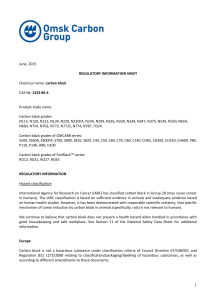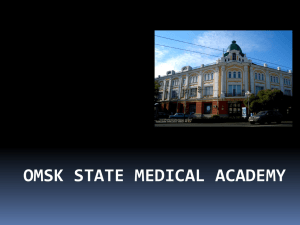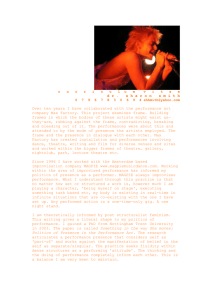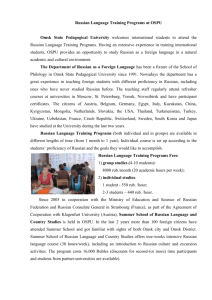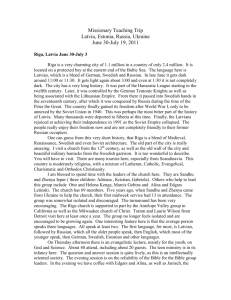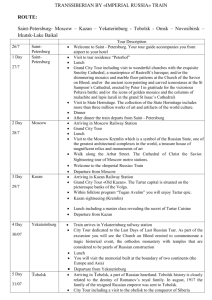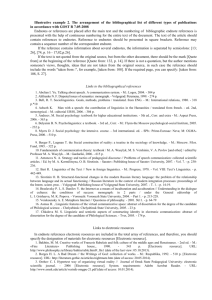Omsk Region Omsk Region is located in the southern part of the
advertisement
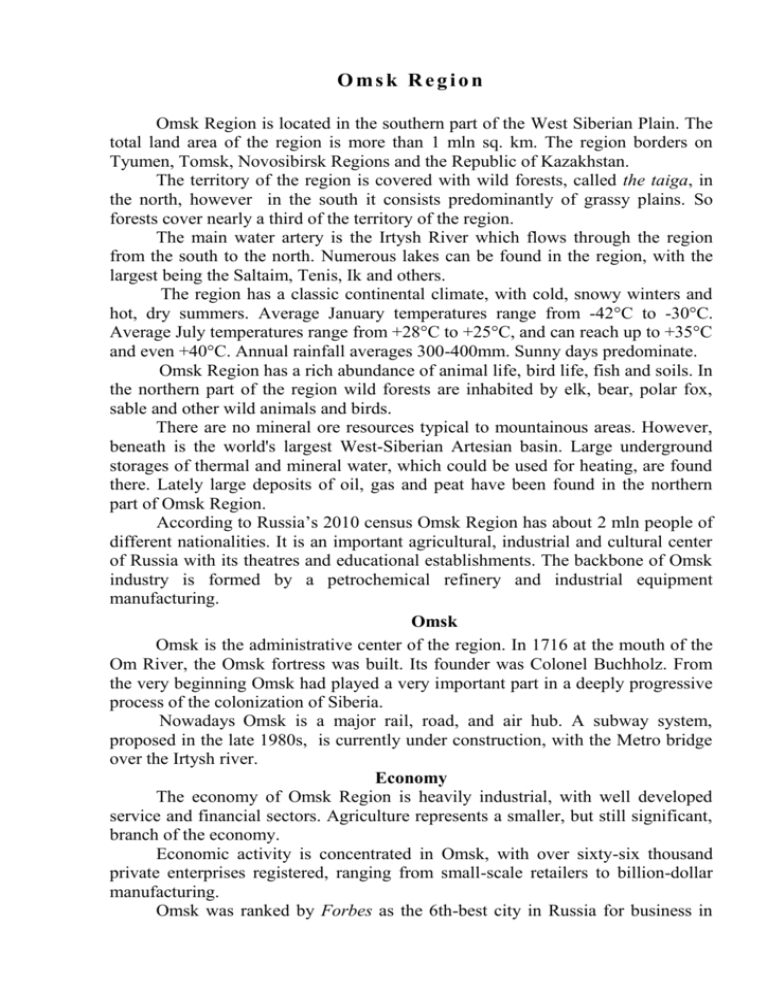
Omsk Region Omsk Region is located in the southern part of the West Siberian Plain. The total land area of the region is more than 1 mln sq. km. The region borders on Tyumen, Tomsk, Novosibirsk Regions and the Republic of Kazakhstan. The territory of the region is covered with wild forests, called the taiga, in the north, however in the south it consists predominantly of grassy plains. So forests cover nearly a third of the territory of the region. The main water artery is the Irtysh River which flows through the region from the south to the north. Numerous lakes can be found in the region, with the largest being the Saltaim, Tenis, Ik and others. The region has a classic continental climate, with cold, snowy winters and hot, dry summers. Average January temperatures range from -42°C to -30°C. Average July temperatures range from +28°C to +25°C, and can reach up to +35°C and even +40°C. Annual rainfall averages 300-400mm. Sunny days predominate. Omsk Region has a rich abundance of animal life, bird life, fish and soils. In the northern part of the region wild forests are inhabited by elk, bear, polar fox, sable and other wild animals and birds. There are no mineral ore resources typical to mountainous areas. However, beneath is the world's largest West-Siberian Artesian basin. Large underground storages of thermal and mineral water, which could be used for heating, are found there. Lately large deposits of oil, gas and peat have been found in the northern part of Omsk Region. According to Russia’s 2010 census Omsk Region has about 2 mln people of different nationalities. It is an important agricultural, industrial and cultural center of Russia with its theatres and educational establishments. The backbone of Omsk industry is formed by a petrochemical refinery and industrial equipment manufacturing. Omsk Omsk is the administrative center of the region. In 1716 at the mouth of the Om River, the Omsk fortress was built. Its founder was Colonel Buchholz. From the very beginning Omsk had played a very important part in a deeply progressive process of the colonization of Siberia. Nowadays Omsk is a major rail, road, and air hub. A subway system, proposed in the late 1980s, is currently under construction, with the Metro bridge over the Irtysh river. Economy The economy of Omsk Region is heavily industrial, with well developed service and financial sectors. Agriculture represents a smaller, but still significant, branch of the economy. Economic activity is concentrated in Omsk, with over sixty-six thousand private enterprises registered, ranging from small-scale retailers to billion-dollar manufacturing. Omsk was ranked by Forbes as the 6th-best city in Russia for business in 2008. The bulk of industrial output, as of 2009, is concentrated in food processing, hydrocarbon processing and chemical manufacturing. The remainder of the economy is dominated by the retail sector and agriculture. The largest industrial enterprises include the aerospace manufacturer Polyot and Omsk Hydrocarbon Processing Plant, which is one of the most important oil refineries in Russia. The development and expansion of foreign economic relations play a major role in the activities of the Regional Administration. It seeks advantageous, longterm and stable cooperation with foreign partners. Life and culture As a prominent educational center, Omsk has a number of museums, theaters, music venues, and educational institutions. Among Omsk's museums, the most notable are: the State Museum of Regional History, the Dostoyevsky Museum of Literature, the Vrubel Museum of Fine Arts, the Liberov Center for Art. Theaters include the Omsk Opera, the Omsk Theater of Drama, the Omsk Circus, and a number of smaller venues. At present Omsk is home to many institutions of higher education and several universities such as Omsk State Agrarian University (1918) (incorporated with Omsk State Veterinary Institute), Omsk Medical Academy, Omsk State Technical University (1942) and others. Agriculture Omsk Region leads Siberia in the production of a number of agricultural commodities. The performance figures per capita are considerably above the average figures in Russia. Cattle population and size of fields in agro- farms are 1,5-2 times above the average. An average milk yield is 3.000 kg a year. In contrast to beef the pork production is specialized. The cheapest pork in the country is produced by Omsky Bacon Company. Omsky Bacon has facilities for over 108 000 heads. But lately because of government's price policy the profitability of production fell. In the southern districts fine-fleeced breeding is developed and many people are engaged in hunting and fur-breeding in the taiga and forest-steepe zones. Nowadays the agriculture of Omsk Region needs modern technologies. The processing industry also possesses significant reserves.

